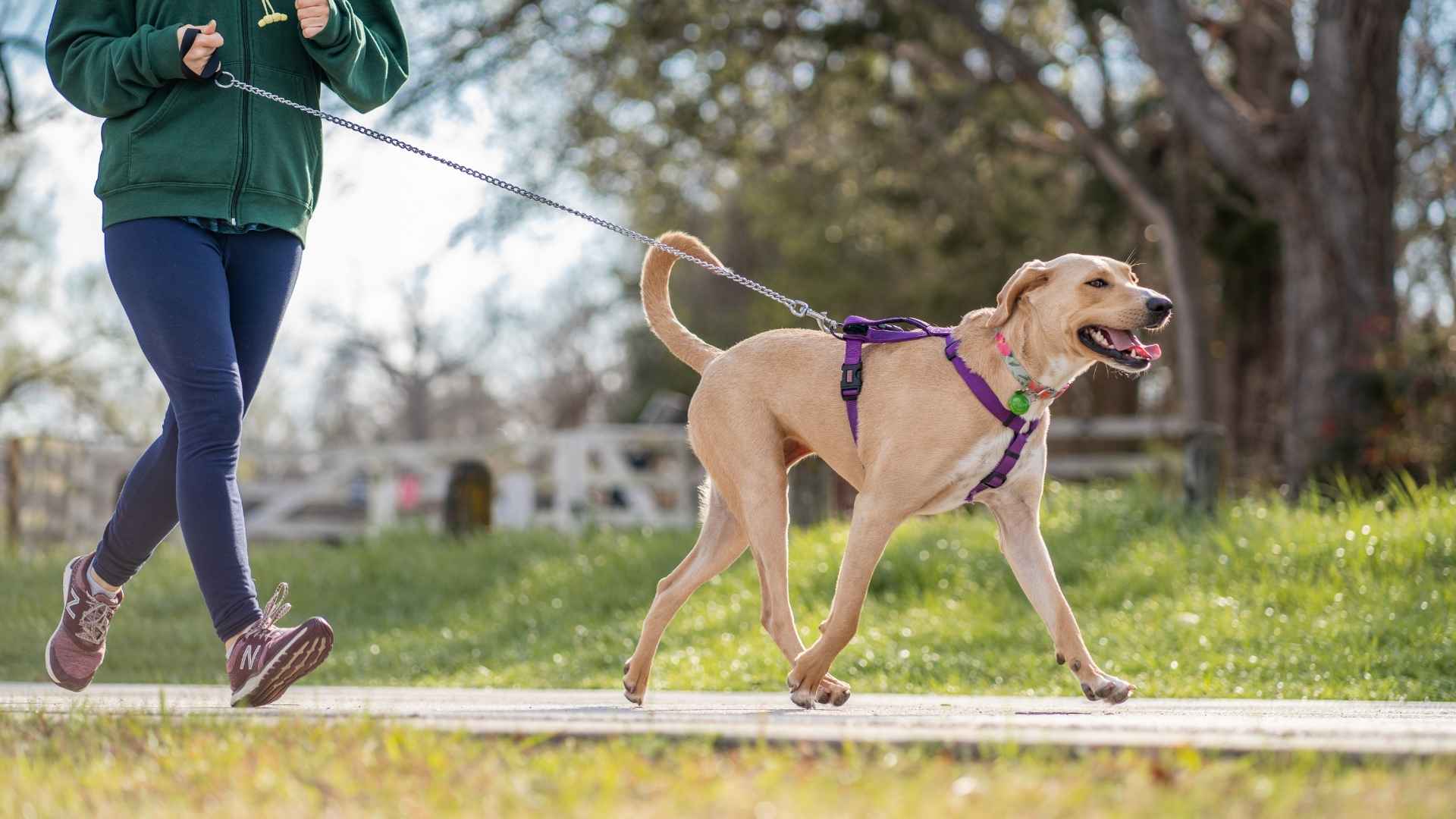Some days, it’s hard to get up and move. The weather’s bad. The bed is warm. The excuses are ready. But imagine this: a tail wagging by the door, paws tapping with excitement, eyes that say, “Let’s go!”
Suddenly, skipping the run doesn’t feel so easy anymore. That’s the kind of motivation no fitness tracker can match. A running dog isn’t just a pet—they’re accountability in its cutest form.
They show up. Every day. No matter your mood. And they make the run feel lighter, the path feel shorter, the routine feel fun again. But not all dogs are built to run. Some love it. Others avoid it. That’s why choosing the right breed can make all the difference.
If you’re serious about running—or even just trying to be—this article will guide you to the perfect partner who’ll never let you slack off again.
Best Dog Breeds for Runners
1. Border Collie
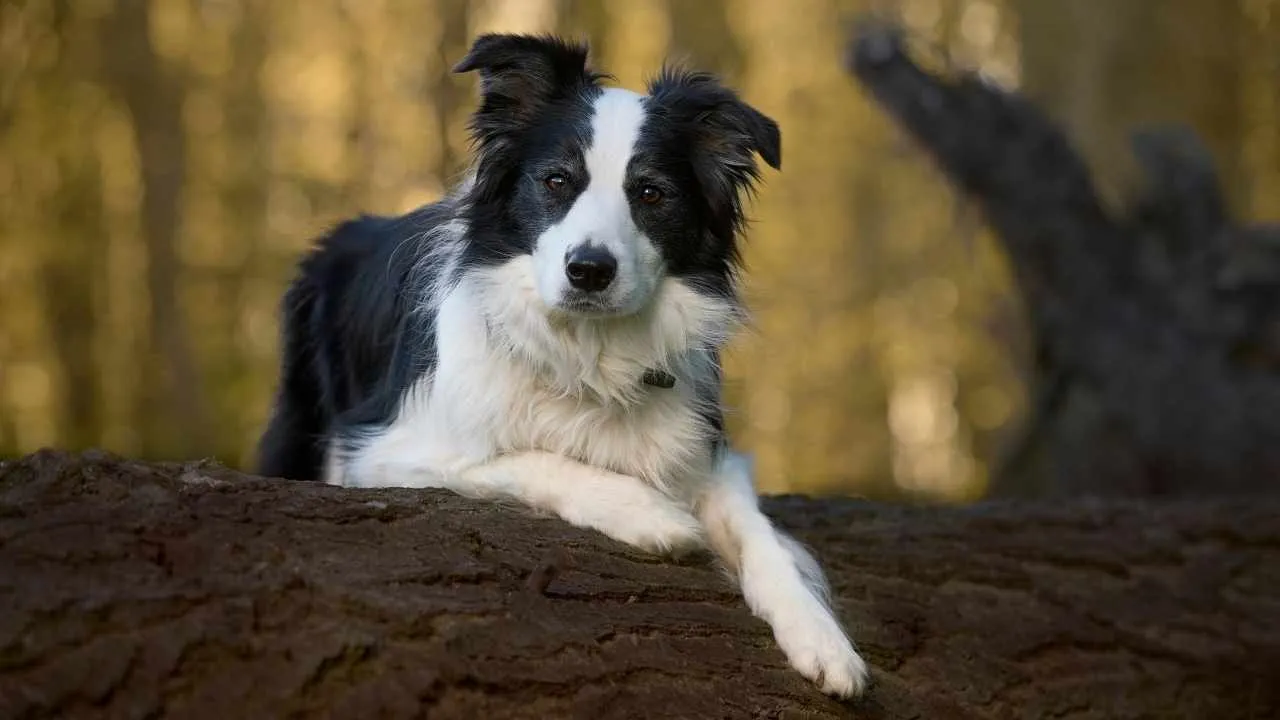
The Border Collie’s mental sharpness pairs perfectly with its physical endurance, making it a powerhouse for serious runners. They don’t just keep up — they anticipate your pace and respond intuitively. Their eagerness to stay engaged keeps the energy consistent through every mile.
Built for endurance and speed
This breed was developed to work tirelessly across rugged terrain, which means they’re naturally conditioned for long distances, as mentioned in the Kennel Club. Their lean frame and efficient stride help conserve energy on extended runs. Whether it’s a steady jog or a speed interval, they stay locked in.
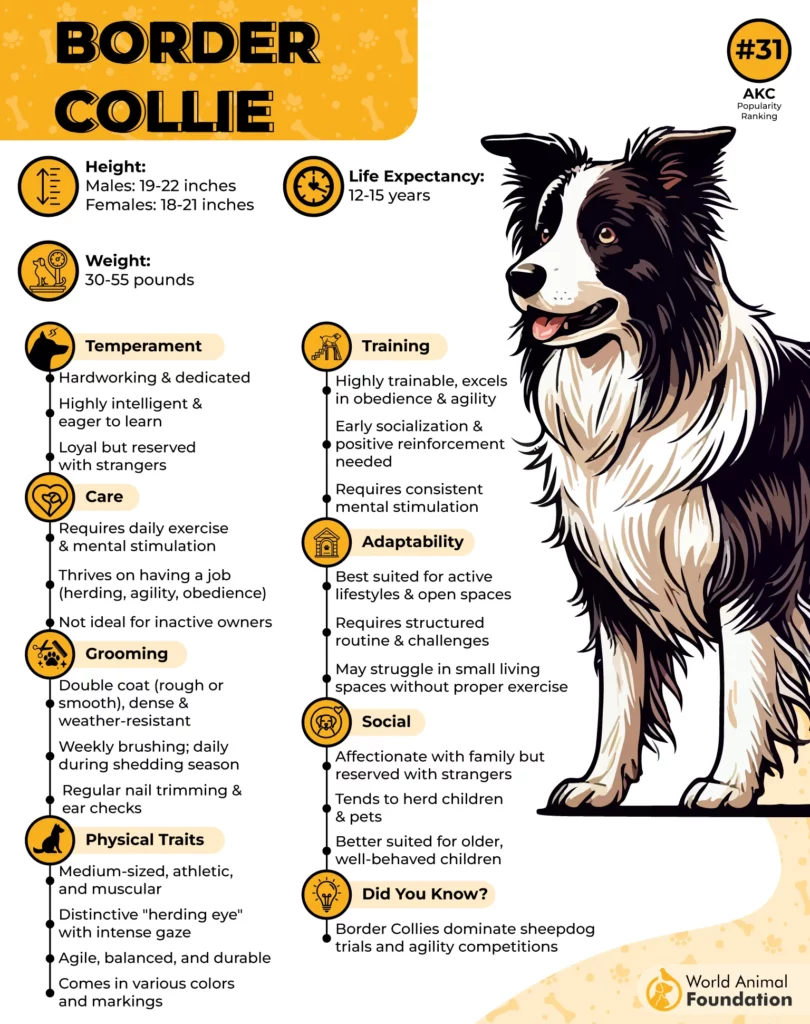
Sharp instincts and control
Border Collies aren’t just fast—they’re focused, with a unique ability to match your rhythm without distraction. As herding dogs, they’re wired to track movement and respond quickly. This makes them incredibly in sync with their human during any kind of run.
Always ready to go again
Even after a run, they’ll often want more, making them the ideal canine companion for active people with consistent routines. Their need for mental and physical outlets also means running isn’t just exercise, it’s enrichment. A tired Border Collie is a happy one.
2. Weimaraner
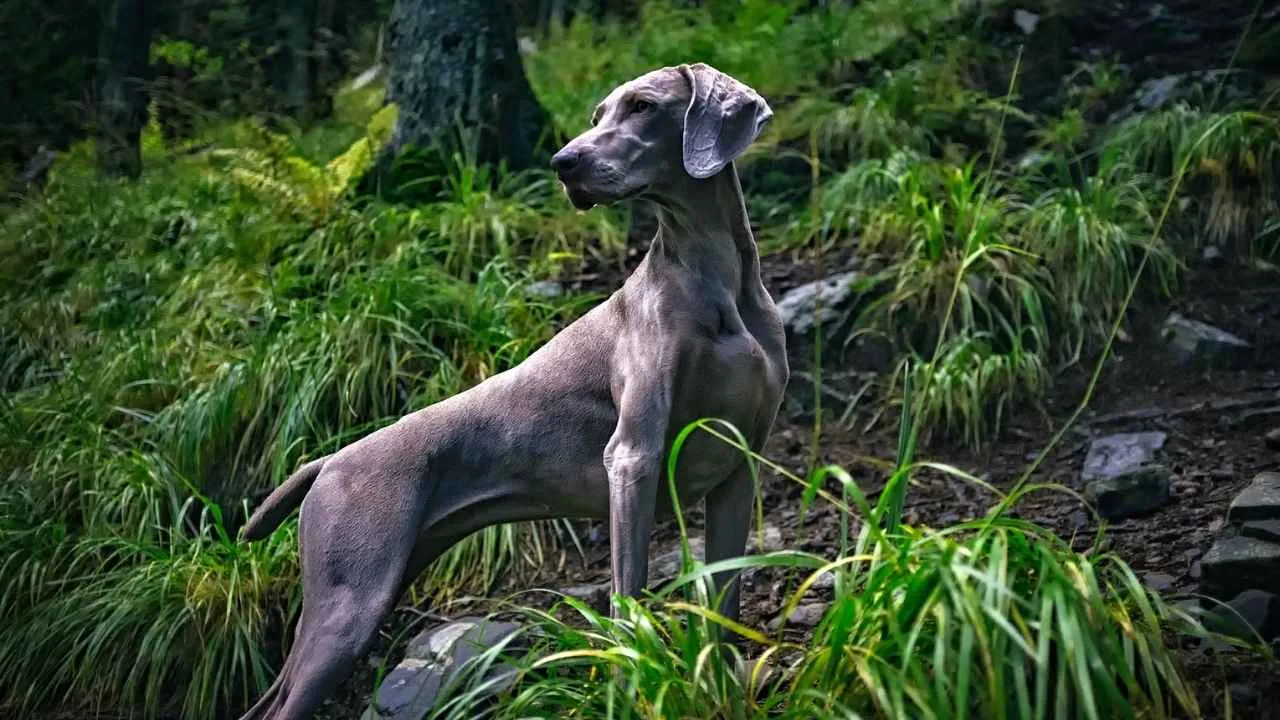
The Weimaraner’s natural gait is smooth and ground-covering, ideal for runners who prefer a fluid, steady pace. Their long legs and lightweight build allow them to maintain momentum without tiring early. They’re most efficient when running in open, uninterrupted spaces.
Endurance backed by lineage
Originally bred for hunting large game across vast terrains, Weimaraners are hardwired for stamina, as mentioned in the AKC. They’re one of the few running dogs that combine both athletic endurance and speed. Their cardiovascular capacity makes them thrive in high-mileage routines.
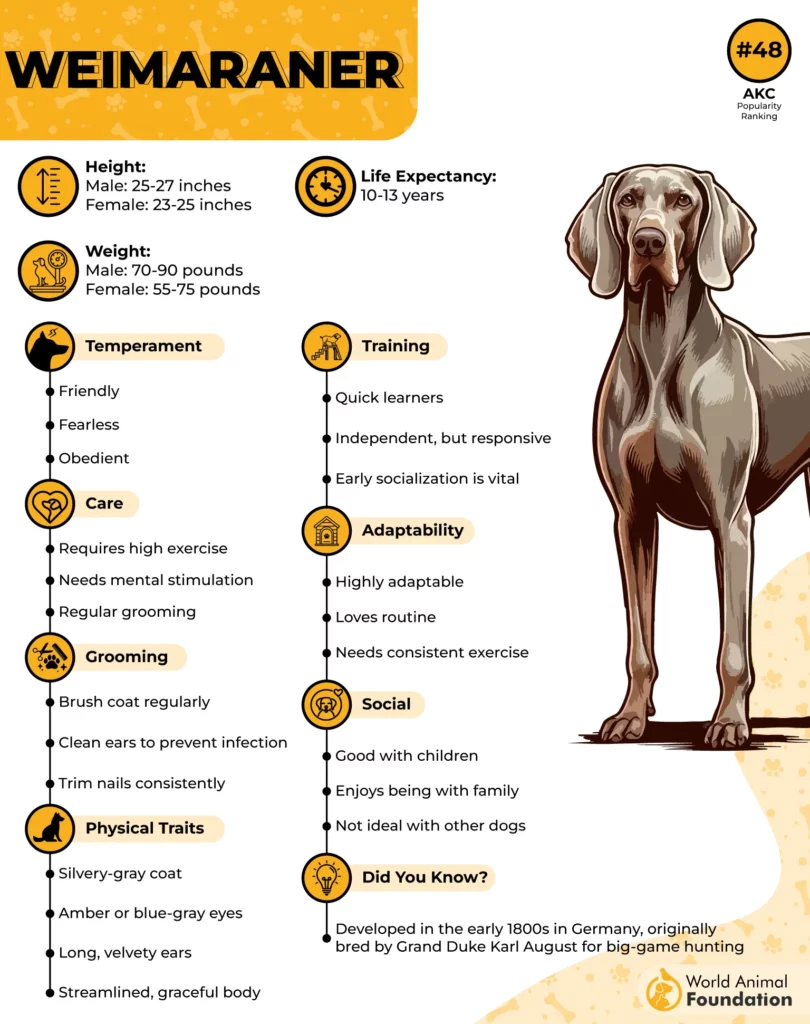
Mental intensity on the move
This breed doesn’t just run—it thinks while running. Weimaraners are alert and constantly processing their surroundings, which helps them stay engaged over long stretches. Without proper training, though, their mental energy can turn into impulsive behavior mid-run.
Thrives with an active structure
They perform best when running is part of a consistent, challenging lifestyle. Mental stimulation paired with physical activity keeps them balanced. They aren’t just content with movement—they crave a purpose behind it, making them a good match for focused runners.
3. Dalmatian
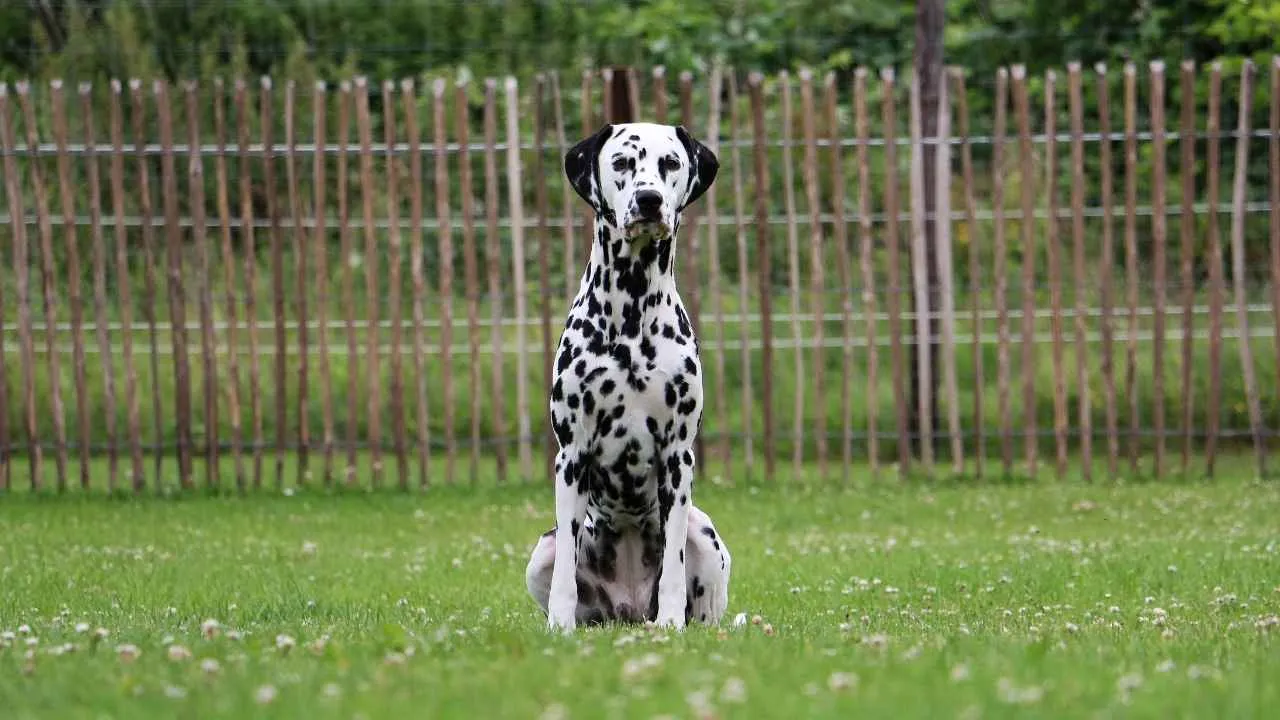
Dalmatians were once used to run alongside horse-drawn carriages for miles at a time—literally bred to keep pace over long stretches. That legacy lives on in their strong, steady stride. Their stamina makes them a natural fit for runners who maintain a consistent pace.
High energy needs a purpose
This is an energetic breed that doesn’t just enjoy movement, it craves it. Without regular, purposeful activity like running, they may channel that energy into destructive behavior. A structured routine can satisfy their mind as much as their body.
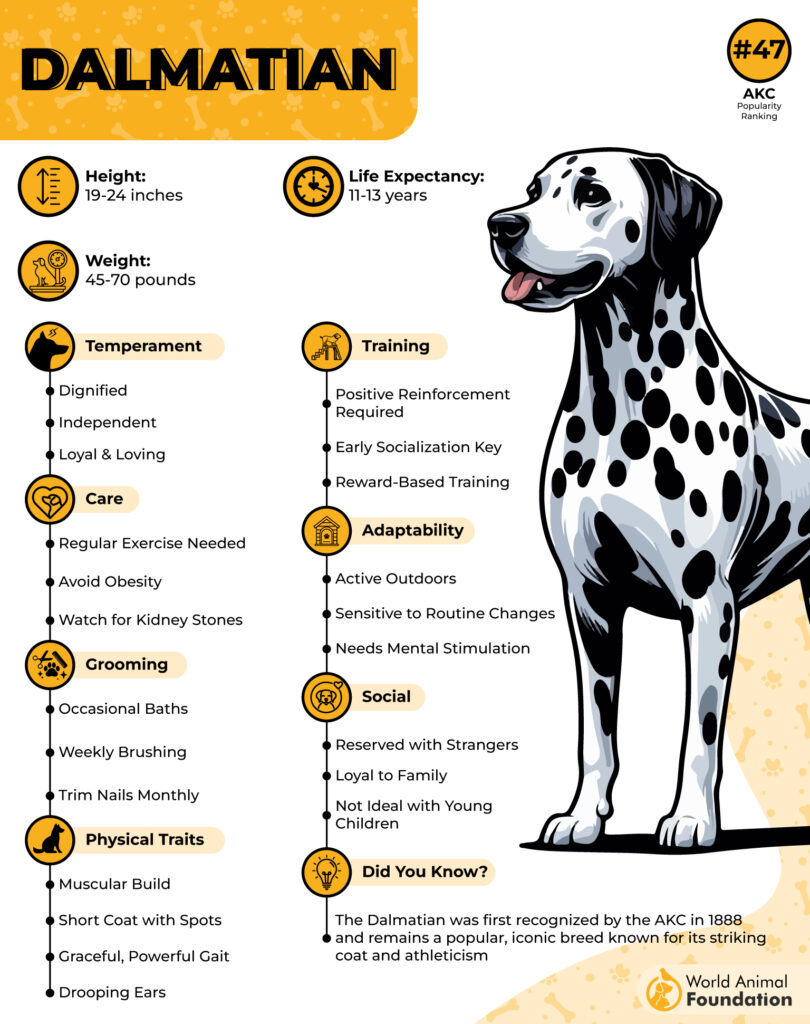
Responsive with the right guidance
They’re highly trainable, but their stubborn streak means you’ll need a calm, firm approach, as per Purina. Working with an experienced dog trainer early on helps channel their energy and improve leash manners. With structure, they’ll become more predictable on the trail.
Engaged and alert running partner
What makes them an exceptional running partner is their alertness and focus; they’re always scanning their environment while keeping pace with you. That awareness, combined with natural athleticism, makes them feel more like a teammate than just a jogging buddy.
4. German Shorthaired Pointer
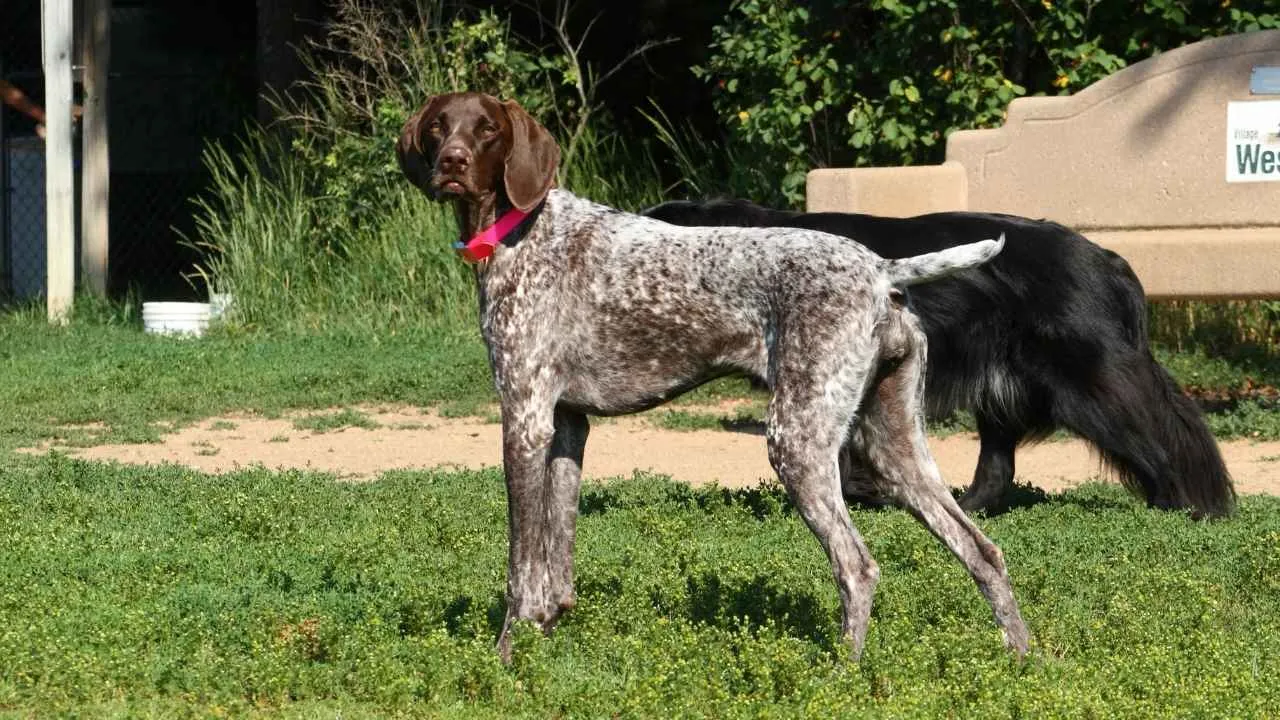
German Shorthaired Pointers have an unmatched ability to adjust their speed to yours, whether you’re sprinting or keeping a steady pace. Their effortless gait makes them ideal for runners who vary intensity mid-route. You’ll rarely need to tug or correct—these dogs just get it.
Efficient build for endurance
With a streamlined frame and muscular back legs, they’re engineered for stamina across long runs. Their endurance is rooted in their hunting background, where they were bred to cover miles without tiring. Even over uneven terrain, they maintain impressive balance and control.
Ready for the elements
Their short, dense coat handles shifting weather conditions well, whether it’s chilly mornings or warm afternoon jogs. They’re less prone to overheating thanks to efficient heat dispersion. Add that to their love for outdoor activity, and you’ve got a runner in any season.
Mentally tuned in on the move
GSPs aren’t just physically capable—they’re mentally alert throughout the run. They look for cues, adjust pace intuitively, and stay focused on the task. For runners who enjoy a thinking partner as much as a moving one, they deliver on both fronts.
5. Vizsla
What sets the Vizsla apart isn’t just its speed—it’s how it runs in sync with you without needing constant cues. Their body awareness and handler focus mean you won’t spend energy managing them mid-run. This makes them a seamless extension of your stride.
Leaner frame, longer stamina
The Vizsla’s light, aerodynamic build allows it to cover long distances without burning out. Their endurance isn’t just physical—it’s wired into their purpose as hunting dogs bred to move all day. They excel at maintaining pace over time without lagging or needing breaks.
Emotionally connected athletes
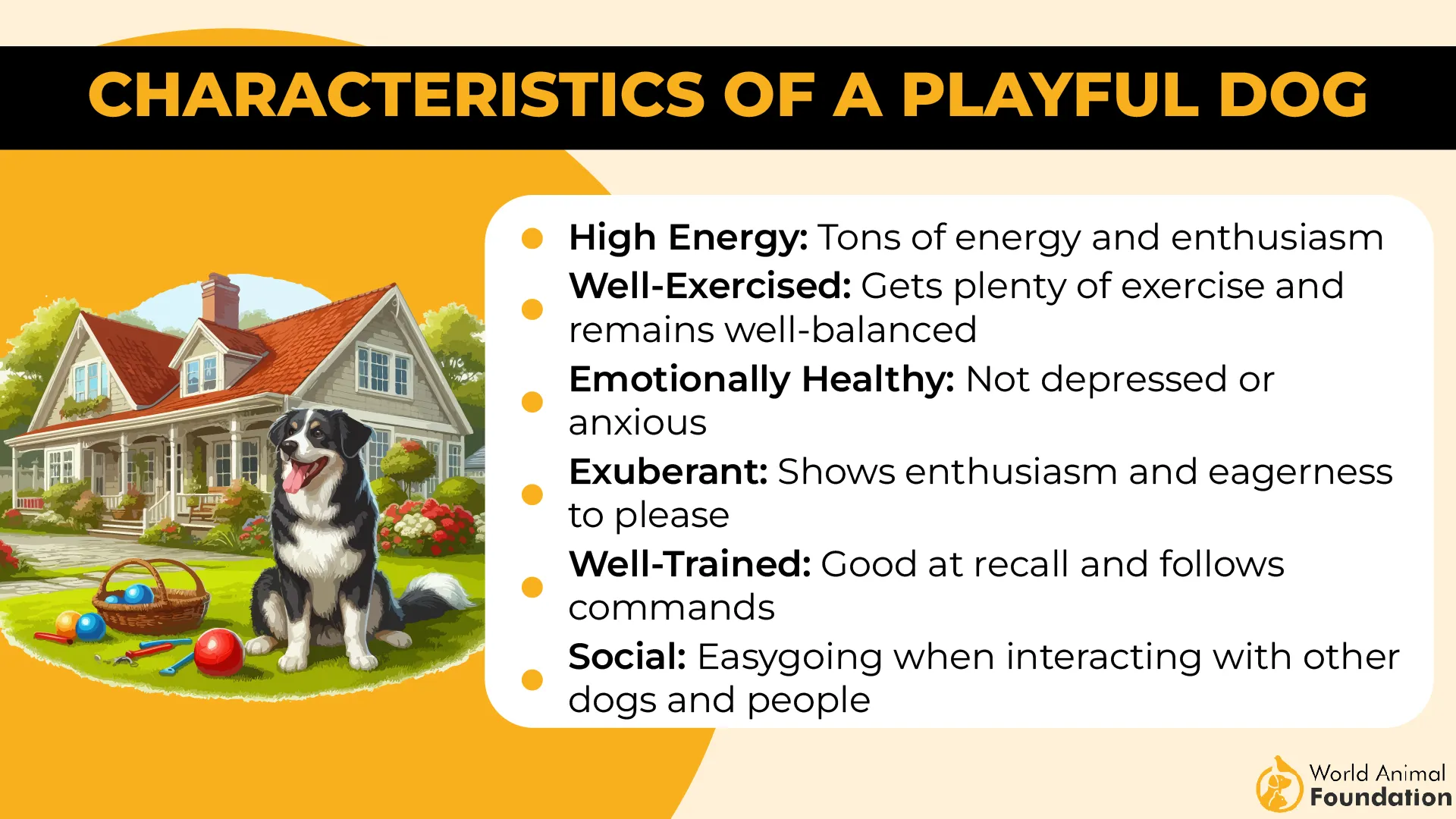
These aren’t dogs that just want to run—they want to run with you. Their sensitivity to body language and tone makes them feel like a running companion that adjusts to both you and your energy level. Few breeds respond so precisely to emotional cues on the move.
Eager and consistent training partners
The Vizsla thrives on structure and loves a challenge, which makes dog running routines feel like shared goals, not just exercise. They’re naturally attuned to rhythm, direction, and voice. And with proper conditioning, they rarely fade mentally or physically on a route.
6. Labrador Retriever
Labs are built with solid, athletic frames that deliver smooth, powerful strides, especially on mixed terrains. Their back legs offer strong propulsion, making uphill running feel effortless for them. This physical design gives them an edge over most dogs during distance runs.
Recovery-friendly stamina
What sets Labs apart is how well they recover mid-run. They don’t overheat quickly and can maintain a steady pace without burning out. For long-distance running, that ability to regulate effort without needing long breaks is a big advantage.
Mindset of a worker
Initially bred as working dogs, they carry a strong task-oriented mindset that translates well to endurance activities. They naturally fall into rhythm beside a human and don’t require much redirection once trained. Their focus grows the longer they’re moving.
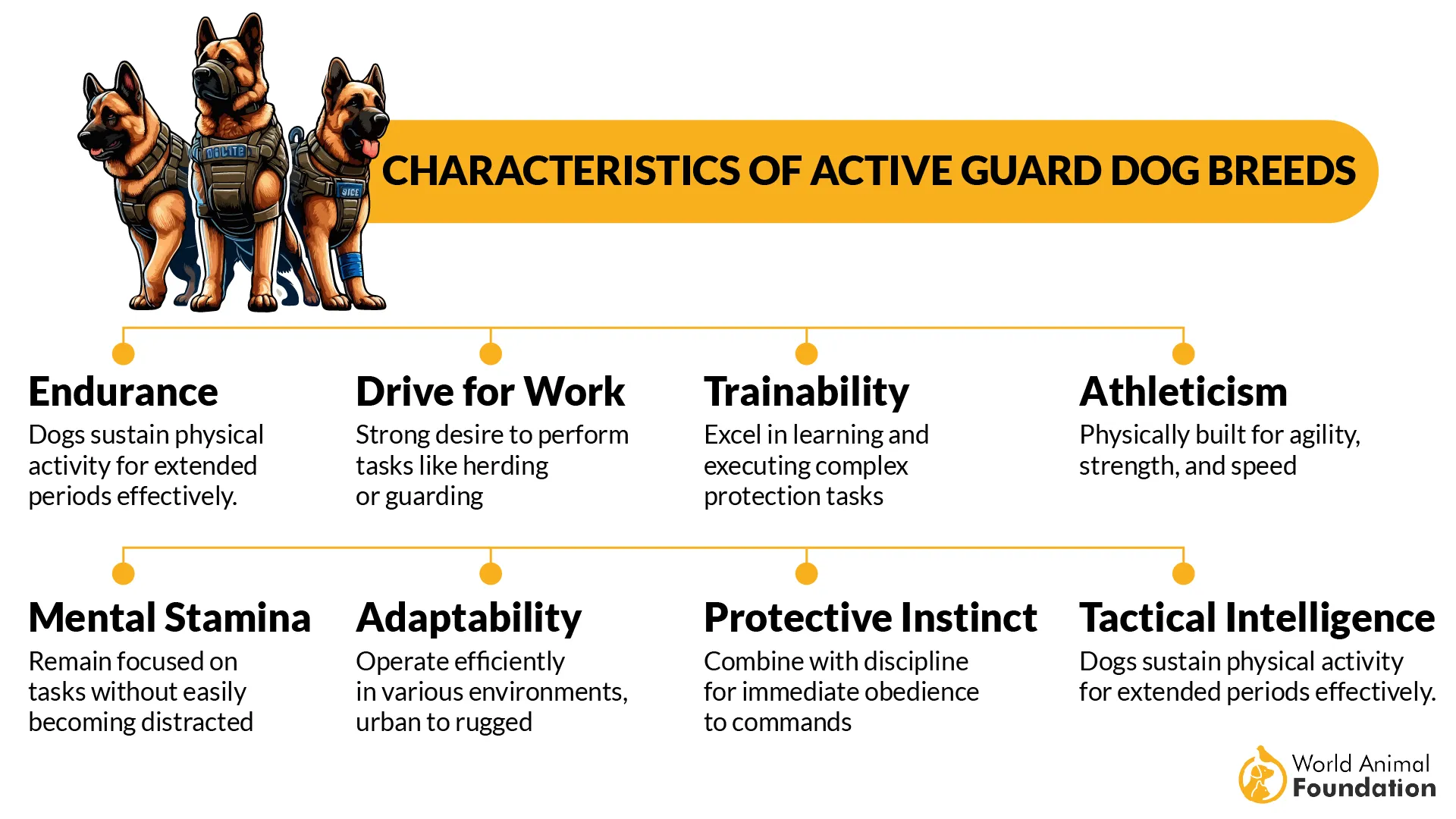
Eager but even-tempered
Labs won’t lunge or sprint off-course when distracted, which is key for runners who need consistency. While some breeds might lose focus around other dogs, a trained Lab remains calmly committed. That composure keeps the run smooth, even in busy environments.
7. Australian Shepherd
Australian Shepherds have an almost uncanny ability to sync their movement with yours. Their pacing isn’t just fast—it’s responsive, adjusting smoothly to terrain and tempo changes. This makes them especially compatible with runners who vary their routines often.
Stamina built for motion
Their endurance comes from decades of work on expansive ranches, covering miles while herding without slowing down. This history shaped their natural capacity for long-distance exertion. Combined with a lean build, they waste no energy on inefficient movement.
Mental drive keeps them going
They don’t just run for the physical outlet—they crave it mentally. These dogs need structured tasks, and a daily run satisfies their instinct to have a job. Without that stimulation, their intelligence can lead to restlessness or overly intense behavior.
Suited for serious outdoor lifestyles
If you’re out on trails regularly, they’ll thrive, especially in cooler climates where they can go farther. Their thick coat provides insulation, while their adaptability makes them great companions for early-morning or cold-weather runs. It’s what makes them the perfect breed for endurance-focused owners.
Conclusion
Running alone takes discipline. Running with a dog takes heart. The right breed won’t just match your stride—they’ll uplift your spirit, push your limits, and make even tough miles feel meaningful.
Whether you favor soft trails or city streets, there’s a dog out there who’s wired just like you: built for movement, driven by purpose. These breeds don’t shy away from vigorous exercise—they live for it. And in return, they give you loyalty, joy, and a routine that feels less like work and more like bonding.
Even if you’re a competitive runner training for your next big race or someone chasing consistency, a great running partner with four legs can be the difference between burnout and breakthrough. You’ll build not just endurance and muscle tone, but a friendship rooted in movement.
Because dogs love when we run with them. And once you’ve felt that rhythm together, you’ll never want to run alone again.


